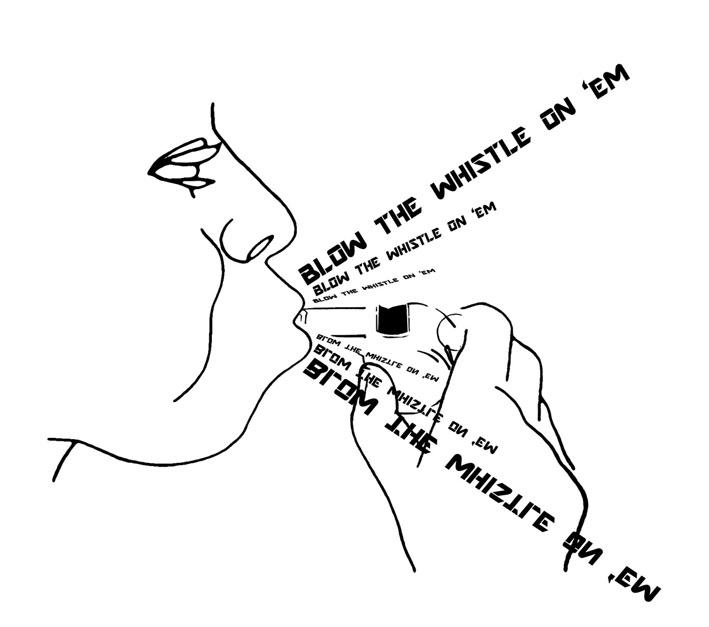''I don’t think people are born artists; I think it comes from a mixture of your surroundings, the people you meet, and luck. ''
Francis bacons style of painting is often seen as expressionism and surrealism. He creates images of strange human and animal forms, his work can in some ways look slightly alien and abnormal. The destressed and seem to be suffering figures in his work gives off a uneasy vibe and a feeling of darkness and depression.
There is no real evidence of his earlyest pieces as he destroyed most of his work during a stage in his life in the 1930's where he virtually gave up painting. He returned to his passion of being an artist during the second world war and later gained alot of attention to his work through his controversial paintings of ''Three Studies for Figures at the Base of a Crucifixion'', These paintings realy expressed his surrealist style and were described as ‘images so unrelievedly awful that the mind shut snap at the sight of them.' . He later changed his technique and made his paintings more personal however he still continued his expressionist style and distorted and twisted portraits to make them look mysterious and in some cases unpleasant like images from horror films or nightmares, ''Art is a method of opening up areas of feeling rather than merely an illustration of an object … I would like my pictures to look as if a human being had passed between them, like a snail, leaving a trail of the human presence and memory trace of past events as the snail leaves its slime.''.
Bacon usually based his paintings on photographs of people and despite how much he altered and disfigured his portraits the final images still captured a likeness to the model. He used strong and heavy brush strokes and created a bruised and swolen look to some of his images by dipping his brush in more then one colour at a time then dragging the brush in the desired derection across the canvas. The mixture of colours create a look of texture and create contours of the face, "the brushstroke creates the form and does not merely fill it in".
Richard Dorment review of Francis Bacons work:
http://www.telegraph.co.uk/culture/art/3644078/A-fresh-side-of-Bacon.html
Ian Chilvers. "Bacon, Francis." A Dictionary of Twentieth-Century Art. 1999:
http://www.encyclopedia.com/topic/Francis_Bacon_%28painter%29.aspx
